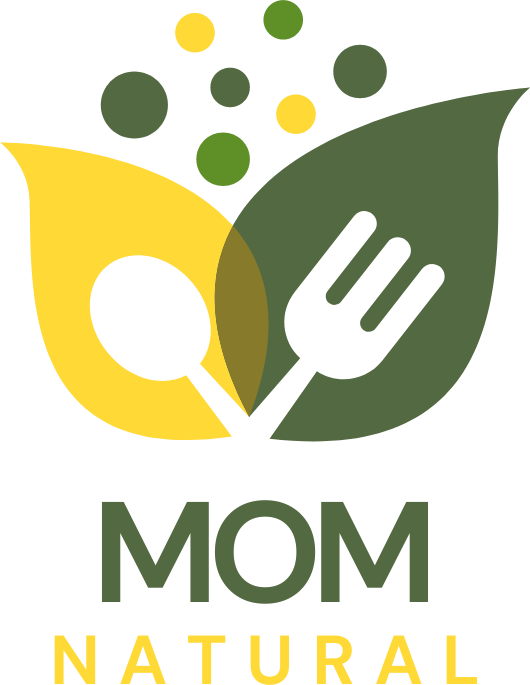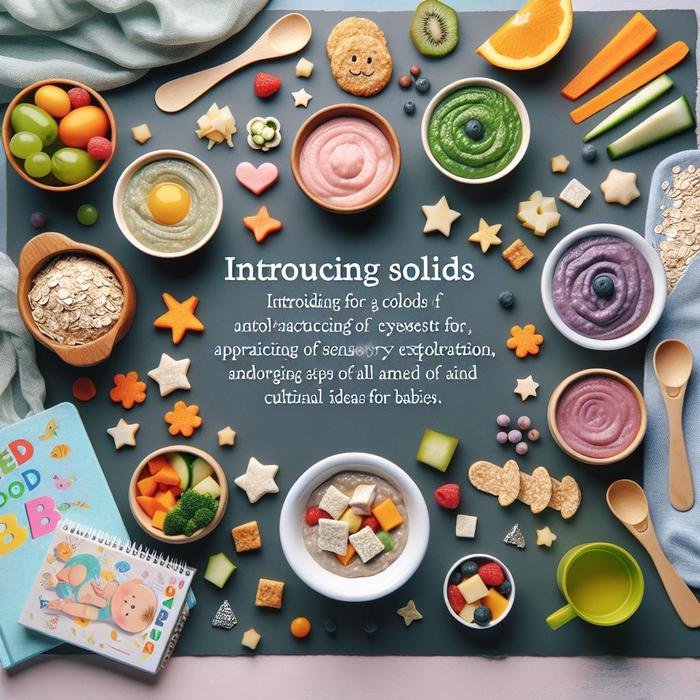A Journey of Baby Food Textures: Introducing Solids
The process of introducing solids into a baby’s diet, although exciting, can also be complex and challenging. In this post, we share our journey of incorporating a variety of baby food textures into our little one’s diet, and the techniques we explored to encourage a range of sensory experiences.
Beginning with Basic Textures
When starting the transition from purees to solids, we made sure to begin with basic, easy-to-digest textures. The one we found to be most effective was mashed produce, such as bananas, avocados, and sweet potatoes. We noticed early on that our baby was more receptive to trying new foods when the consistency felt familiar.
Gradually Introducing Textured Foods
As we progressively introduced textured foods, we ensured to do it in a comfortable yet stimulating way. Using Feeding Bytes as a guide, we experimented with different food groups and consistencies to create a welcoming environment for sensory exploration. Some methods we utilized included:
– Mixing purees with finely chopped foods to slowly adapt our baby to new textures
– Incorporating soft foods with a bit of crunch, such as lightly toasted bread
– Introducing grains like well-cooked quinoa and rice, providing a slightly sticky but manageable texture
Encouraging Variety and Sensory Exploration
Embracing variety in a baby’s diet is key to developing their palate and acceptance of diverse foods. To keep mealtime exciting and encourage sensory exploration, we used an assortment of colors and flavors in our baby food preparations.
For instance, we started adding texture-specific food ideas for kids from Feeding Plus. This included foods like porridge with mixed fruit pieces or yogurt with granola, which offered a combination of smooth, crunchy, and squishy textures.
Additionally, we encouraged our little one to self-feed or play with their food. This may be messy, but it was an effective way to inspire sensory exploration and foster a positive relationship with food.
Importance of Patience and Persistence
Unlike our previous experiences with baby meal ideas, introducing varied food textures required patience and persistence. Every baby is unique, with their own preferences and pace of learning. By consistently introducing new textures and flavors, we helped our baby become more accepting and adventurous with food.
Fun and Safe Ways to Introduce Textures
We found that making the process of introducing textured food fun significantly eased the transition. Using creative ideas from MJ And Hungryman and Simply Play Today, we tried various playful and safe baby food ideas like:
– Creating textured food art
– Hosting a themed food day
– Experimenting with food colors and shapes
Introducing your baby to a variety of food textures can be a delightful journey of sensory exploration. While it might be a tad challenging at first, with patience, persistence, and creativity, it can become an enriching experience that opens up a world of flavors for your little one.
Benefits of Textured Foods
The journey of introducing new textures does not only contribute to your baby’s sensory development, but it also has other advantages such as:
– Contributing to oral motor development
– Enhancing chewing and swallowing skills
– Promoting autonomy by allowing self-feeding
– Encouraging healthy eating habits
Baby-led Weaning as a Technique
Baby-led weaning is a beneficial approach to gradually introduce textured foods. With baby-led weaning, babies can explore foods at their own pace, enhancing their sensory familiarity with texture, smell, taste and colors. Here’s a useful guide we referred to about how to cut foods for baby-led weaning.
Consulting with a Specialist
While exploring different textures, it’s important to consult with a pediatric dietitian or speech language pathologist who specializes in feeding to have a well-guided journey. You can find some helpful tips from professionals like how to introduce apple to your baby and how to introduce avocado to baby.
It’s crucial to be mindful of any food sensitivities or allergies your child may have. Always keep an eye out for any untoward signs or symptoms that may point to an allergic reaction or intolerance.
Dealing with Texture Resistance
Often, babies could resist certain textures, showing signs of aversion or even gagging. It’s normal and part of the learning process. Texture resistance doesn’t mean the end of your texture journey. It merely indicates the need for a slightly slowed pace or a different approach.
Tips for Introducing Textured Food
Here are some tips to smoothen your texture transition journey:
– Introduce one new texture at a time
– Allow baby to get comfortable with one texture before introducing another
– Experiment with combinations of textures once your baby is more familiar with individual ones
– Use baby’s favorite flavors with new textures to encourage acceptance
Healthy and Easy Textured Food Recipes
It’s always exciting to experiment with recipes that offer various textures. Here’s where we found some fantastic basic oatmeal fingers for baby recipe! These are not only delightful for your baby but also nutritious and easy to prepare.
Introducing your baby to new food textures is indeed an enriching journey, both for you and your baby. It might require patience and creativity, but it surely contributes to your child’s growth and development while giving them a sensory adventure that broadens their food preferences.

